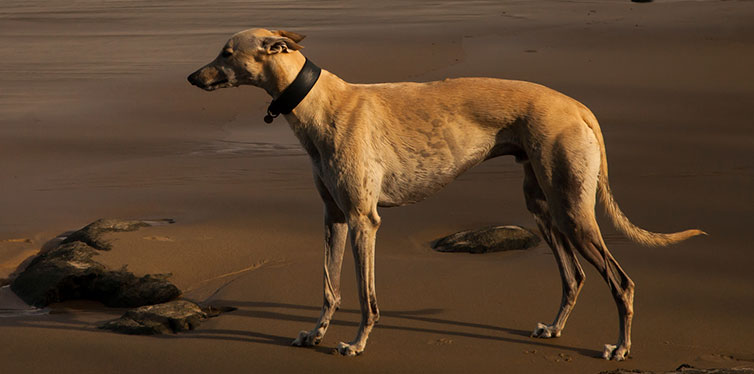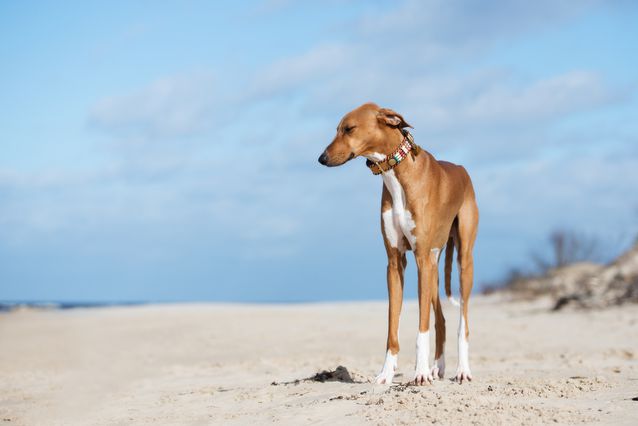The Sahelian is a breed of dog from West Africa. It is also used as a sighthound, they have been relegated to a secondary function of a camp guardian due to the lack of game in the region. With ancient origins, it is raised throughout the Sahelian zone of Mali, Niger, and Burkina Faso. This region includes the Azawagh Valley for which the breed is named. While commonly associated with the nomadic Tuareg people, they are also bred and owned by other ethnic groups such as the Peulh, Bella, and Hausa. The Azawakah is more related to the Sloughi than it is to the Saluki.

Description
Sahelian is very similar to that of the Middle Eastern and South Indian sighthounds, all swift, high-bred coursing hounds, although there are several obvious differences. For example, a short, flat back combined with long legs place the hips higher than the withers. The Azawakh is almond eyed and thin. It moves with a distinctly feline gait and can be found in a variety of colours as well as varying degrees of refinement, though the format is constant.
The standards call for a hound from 33 to 55 pounds, its height is 24 to 29 inches. The coat is very short and almost absent on the belly. Its bone structure shows clearly through the skin and musculature. Its muscles are “dry”, meaning that they are quite flat, unlike the Greyhound and Whippet. In this respect, it is similar in type to the Saluki.
Colours are clear sand to dark fawn/brown, red and brindle (with or without a dark mask), with white bib, tail tip, and white on all feet (which can be tips of toes to high stockings).

Some conservationists support the idea that in Africa, Azawakhs are still found in a variety of colours such as red, blue fawn (that is, with a lilac cast), grizzle, and, rarely, blue and black with various white markings including Irish marked (white collar) and particular (mostly white).
History
Throughout the Sahel, very elegant puppies can be found among rustic siblings. The Sahel nomads do not have the same breed concepts as in the West and, unlike the Bedouin of the North, do not recognize a strict separation of al hor (noble) from kelb (mongrel) dogs. The nomads act as an extra level of selection on top of the intense natural selection pressure of the Sahel environment. The approach to selection is opposed to Western breeding and presents the advantage of maintaining a large reservoir of genetic variability and resilience.
The peoples of the Sahel control dam lines and cull puppies heavily at birth according to locally held aesthetic criteria that are not yet fully understood. In the Sahel, colour is not a selection criterion. The alpha male dog from the local population is usually the sire. Females are usually culled unless the family projects a need for more dogs in the future.
